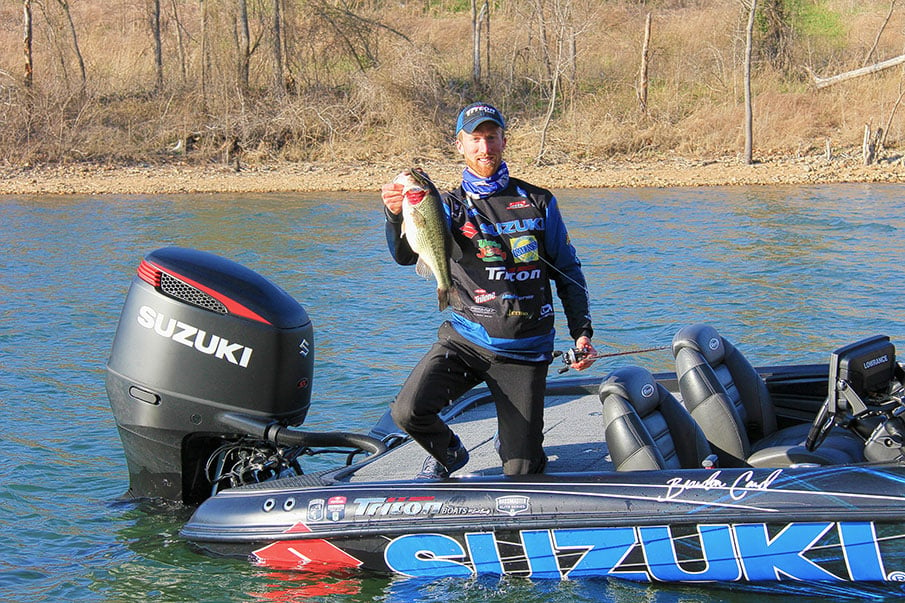
If you are looking for a boat that you can primarily use for fishing, then the first question to ask is: “Freshwater or deep sea?”
If “freshwater” is the answer, that is you’re looking to spend your weekends looking for various types of pan fish in dams, lakes and rivers, then it’s likely a bass boat you’re after.
Bass boats
These compact, easy-to-handle boats are ideal for darting from spot to spot or, once you’ve found your place, for switching off the motor, throwing in your line and sitting for an hour or so as you wait for a bite.
It’s tough to be totally rational when evaluating such factors as a boat’s styling, some boats appeal to some shoppers, and others don’t. But when comparison shopping, there are some concrete things that are commonly overlooked that you should consider when making your buying decision.

Boat Beam — Most people categorize bass boats in terms of their length and compare the various brands of 17-, 19- or 20-foot boats, but they may not consider the beam (width) of these rigs. In a bass boat, ‘beamier’ is better. A wide rig is roomier inside, better balanced and more stable when running or fishing. A wide-beamed boat also runs and fishes in shallower water than one with a narrow beam.
Hull Weight — Compare the dry hull weights of the boats you’re considering. This information should be listed on the boat’s specification sheet. Hull weight tells you a lot about the boat’s construction. A 20-foot tournament hull ought to weigh around 1,500 pounds. If it weighs only a thousand pounds, a red flag ought to go up. Super-light hulls are faster, but they usually won’t ride as well as heavier boats. The performance of a light bass boat also tends to decline sharply when the boat is weighed down with batteries, fuel and fishing gear, while a heavier rig carries this weight better. A light boat has less fiberglass and may develop stress cracks over time. But by the same token, rule out a ‘lead sled’ — a boat that’s needlessly heavy just won’t run right.
Boat Construction — Different bass-boat manufacturers use different construction methods. Some employ a choppergun, which sprays chopped glass and resin into the mold, while others hand-lay the material. A hand-laid boat usually has more uniform construction. Hand-laid boats often cost more, but they normally last longer.

Boat Motor Fuel capacity — If you fish tournaments on big reservoirs, you need plenty of fuel. A 20-foot boat with a 200-horse outboard should have a 40- to 50-gallon tank.
Boat Trailer — Too many bass anglers make their boat-buying decision without taking the trailer into consideration. Some dealers knock the package price down by plopping the boat on a cheap trailer. Insist on surge brakes on any rig measuring 19 feet or more. Consider a tandem-axle trailer for a tournament boat in the 20-foot class. Twin axles support the weight of a big boat better. They also reduce trailer bounce that’s transmitted to your tow vehicle.

